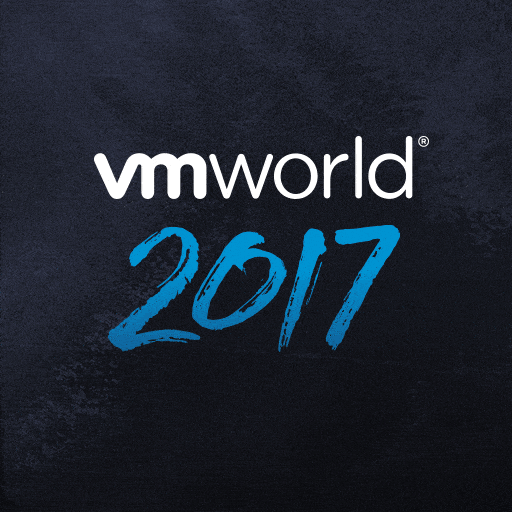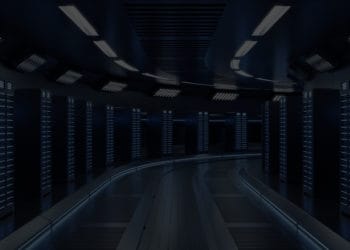NVMe to enable truly composable infrastructure?
We had Intel on the CTO Advisor Podcast discussing Optane Storage and what it means to the data center and applications. During TechField Day Extra at VMworld 2017, we were reminded the physical memory technology is only as good as the protocols carrying the data. Kingston memory presented their vision for NVMe based SSD along side startup Liqid.
The concept of composable isn’t new. HPE has been pushing the concept of composable infrastructure since HPE Discover 2015. HPE Labs The Machine project is the ultimate concept of composable infrastructure. The Machine starts at the concept of memory as a foundation for compute. By creating a infrastructure that allows hundreds for CPU’s to access a shared pool of memory, new applications and ways of solving problems presents itself.
That’s the vision at least. One of the major challenges with realizing the vision is the physical connectivity between CPU’s and the memory bus. Additionally new protocols for persistent storage is needed to service CPUs spread across a rack let alone an entire data center. This is where NVMe comes into play.
NVMe is a protocol that replaces SATA/SAS which were based on the latency and bandwidth capabilities of spinning disk vs. solid state drives. NVMe allows for more bandwidth and lower latency access to take advantage of the physical characteristics of SSDs.
In a single system the results are simply faster running applications due to higher bandwidth and lower latency. However, just like any other system, when you remove one system bottleneck another appears. In this case we have a problem of scaling inside a single box. NVMe allows you to add more SSDs to a system which should in-turn increase performance.
Going back to our HPE Machine reference – what if you could share high speed SSD and DRAM across CPU’s? In theory you’d be able to create logical partitions from a massively large system. Taking NVMe to the next step of a fabric provides a path to a composable infrastructure. Liqid is a company looking to leverage technologies such as NVMe to create logical partitions from just a bunch of components.
You can get a better idea of the concept by watching the Kingston’s presentation from TFDx.
Share This Story, Choose Your Platform!

Keith Townsend is a seasoned technology leader and Chief Technology Advisor at Futurum Group, specializing in IT infrastructure, cloud technologies, and AI. With expertise spanning cloud, virtualization, networking, and storage, Keith has been a trusted partner in transforming IT operations across industries, including pharmaceuticals, manufacturing, government, software, and financial services.
Keith’s career highlights include leading global initiatives to consolidate multiple data centers, unify disparate IT operations, and modernize mission-critical platforms for “three-letter” federal agencies. His ability to align complex technology solutions with business objectives has made him a sought-after advisor for organizations navigating digital transformation.
A recognized voice in the industry, Keith combines his deep infrastructure knowledge with AI expertise to help enterprises integrate machine learning and AI-driven solutions into their IT strategies. His leadership has extended to designing scalable architectures that support advanced analytics and automation, empowering businesses to unlock new efficiencies and capabilities.
Whether guiding data center modernization, deploying AI solutions, or advising on cloud strategies, Keith brings a unique blend of technical depth and strategic insight to every project.




